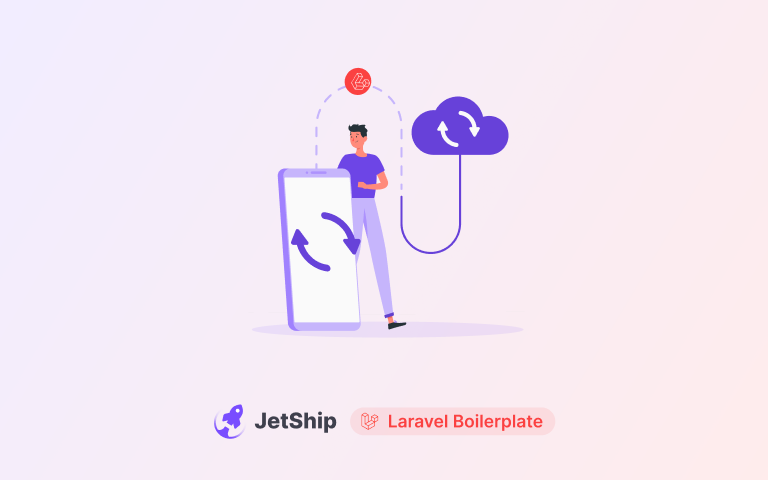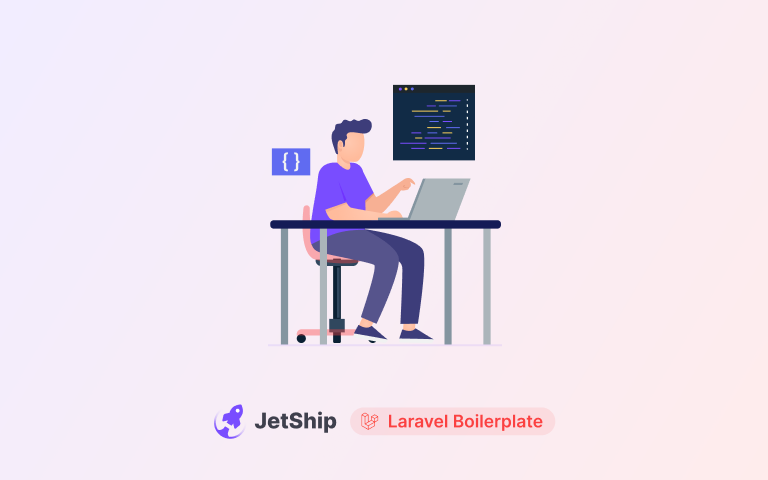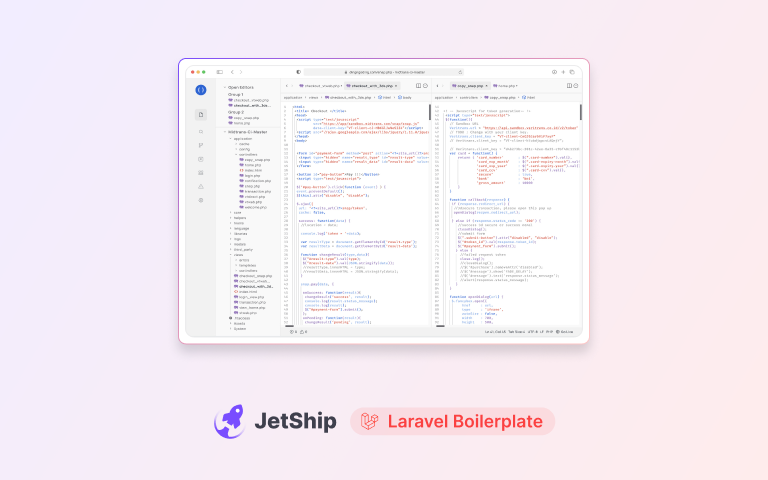Laravel, a powerful PHP framework, provides a robust caching system that can significantly improve your application's performance. However, there are times when you need to clear the cache to reflect changes or troubleshoot issues. This guide will walk you through the different types of caches in Laravel and how to clear them effectively.
Whether you're working on a local development environment or managing a live application, understanding how to clear the Laravel cache is essential for maintaining smooth operations. Let's dive in.
Understanding Laravel Cache Types
Before we jump into the commands, it's crucial to understand the different types of caches Laravel uses:
Configuration Cache: Caches the configuration settings, which helps speed up the loading time of your application.
Route Cache: Stores the routing information to make route loading faster.
View Cache: Compiled Blade templates are stored in this cache, improving the rendering time of your views.
Application Cache: Stores data such as user sessions, API responses, and other general-purpose cached data.
Event Cache: Caches event listeners and their associated events for quicker access.
Each of these caches serves a specific purpose, and clearing them at the right time can ensure your application functions correctly.
How to Clear Laravel Cache
1. Clearing the Configuration Cache
The configuration cache is one of the most commonly used caches in Laravel. If you've made changes to the configuration files and they're not being reflected, you'll need to clear the configuration cache.
To clear the configuration cache, use the following Artisan command:
bashCopy code
php artisan config:clear
If you want to rebuild the configuration cache after clearing it, run:
bashCopy code
php artisan config:cache
This will regenerate the cache with the latest configuration settings.
2. Clearing the Route Cache
The route cache can be particularly useful in large applications with many routes. However, if you've updated your routes and they're not working as expected, clearing the route cache can resolve the issue.
To clear the route cache, use the command:
bashCopy code
php artisan route:clear
To regenerate the route cache, run:
bashCopy code
php artisan route:cache
This will cache the current state of your routes, making them load faster.
3. Clearing the View Cache
Laravel compiles your Blade templates and stores them in the view cache. If you notice that your views are not updating after changes, clearing the view cache might solve the problem.
Clear the view cache with the command:
bashCopy code
php artisan view:clear
There's no need to manually regenerate the view cache as Laravel does this automatically when a view is requested.
4. Clearing the Application Cache
The application cache stores various data that can be cleared when troubleshooting or when you need to reset the cache.
To clear the application cache, run:
bashCopy code
php artisan cache:clear
This command will clear all the cached data stored by the application, such as user sessions or API responses.
5. Clearing the Event Cache
The event cache stores event listeners and their associated events. If you have modified or added new event listeners, clearing this cache ensures that the changes take effect.
To clear the event cache, use the following command:
bashCopy code
php artisan event:clear
To recache the events, run:
bashCopy code
php artisan event:cache
This will regenerate the cache with the latest event listeners.
Clearing All Caches at Once
If you want to clear all caches in one go, Laravel provides a command that clears configuration, route, and view caches all at once:
bashCopy code
php artisan optimize:clear
This command is particularly useful when you need to ensure that all cache data is cleared and your application is running with the latest updates.
Automating Cache Clearing in Production
While manually clearing the cache is useful during development, in a production environment, you might want to automate this process as part of your deployment routine. Tools like Envoyer or GitHub Actions can be configured to run the necessary Artisan commands during deployment, ensuring your application is always up to date.
For instance, a basic deployment script using Envoyer might look like this:
bashCopy code
php artisan down
git pull origin master
composer install --no-dev --optimize-autoloader
php artisan config:cache
php artisan route:cache
php artisan view:clear
php artisan up
This script takes your application offline, pulls the latest code, installs dependencies, clears and caches configurations and routes, and then brings the application back online.
Why Clearing Laravel Cache is Important
Clearing Laravel cache is crucial for a few reasons:
Reflecting Updates: After making changes to configurations, routes, or views, clearing the cache ensures that these updates are reflected in your application.
Troubleshooting Issues: If your application behaves unexpectedly, clearing the cache can resolve many common issues by removing potentially corrupted or outdated cache files.
Optimizing Performance: Regularly clearing the cache helps in maintaining optimal performance, especially when working with dynamic content and frequent updates.
JetShip: Your Laravel Development Partner
If you're working with Laravel and looking for a tool that simplifies your development process, consider JetShip. JetShip is a comprehensive Laravel starter kit that comes pre-configured with everything you need to build and launch your SaaS application quickly. With features like one-click deployment, built-in caching strategies, and a developer-friendly tech stack, JetShip ensures your project is optimized from the start.
Using JetShip not only accelerates your development but also takes care of caching configurations, so you can focus more on building features rather than managing the underlying infrastructure.
Conclusion
Clearing the Laravel cache is a fundamental task that every Laravel developer should know. Whether you're making updates, troubleshooting, or optimizing performance, understanding how to clear different types of caches in Laravel will help you maintain a smooth and efficient development workflow.
For an even more streamlined Laravel development experience, consider using JetShip. It's designed to handle many of these tasks out of the box, allowing you to focus on what truly matters - building great applications.



